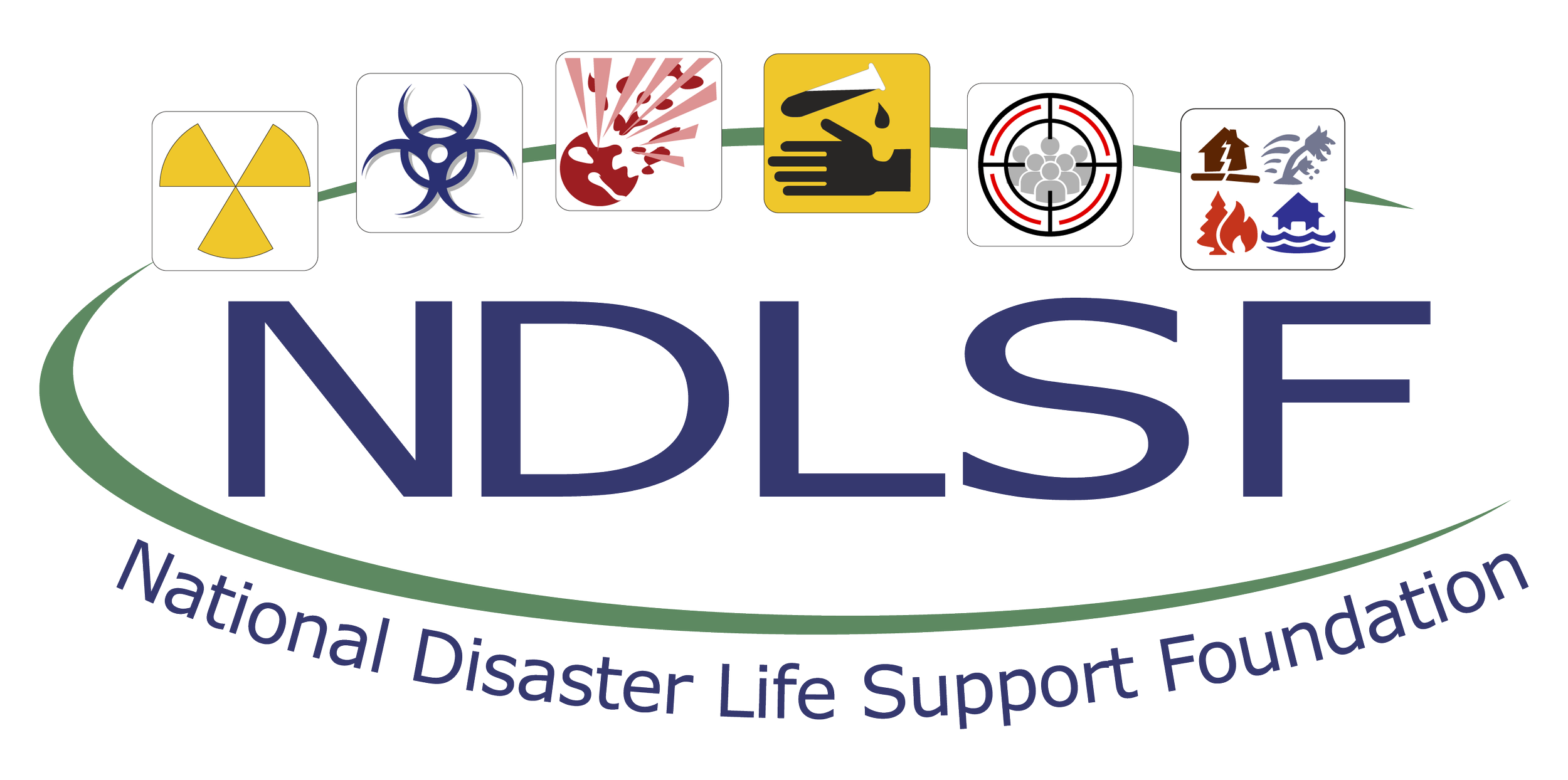The Advanced Disaster Life Support™ (ADLS®) course is an intense 15-hour course that allows participants to demonstrate competencies in mass casualty management. Core education elements include the ADLS manual and five interactive lectures (Disasters and Public Health Emergencies; Triage in Disasters and Public Health Emergencies; Health System Surge Capacity for Disasters and Public Health Emergencies; Community Health Emergency Operations and Response; and Legal and Ethical Issues in Disasters). Essential training components include population scenarios discussion; mass casualty triage tabletop and situational training exercises; surge tabletop scenario for a health care facility; personal protective equipment skills performance and decontamination video review; casualty management in small groups with simulated scenarios; and emergency operations center situational training exercise. ADLS requires learners to apply knowledge learned in the Core Disaster Life Support® (CDLS®) and Basic Disaster Life Support™ (BDLS®) courses.
Successful completion of the BDLS course is a prerequisite for attendance at the ADLS course. The ADLS course target audience includes physicians, nurses, physician assistants, emergency medical technicians (EMTs), paramedics, pharmacists, allied health professionals, and students in health professional schools.
Certifications in ADLS remain active for three years from the date of issuance.
Course objectives:
Explain the shift from individual- to population-based care in a disaster or public health emergency.
Practice mass casualty triage in a simulated disaster scenario.
Choose strategies to establish organizational and community surge capacity in a disaster or public health emergency.
Differentiate roles performed in an emergency operations center or incident command center established in response to a simulated mass casualty event
Discuss legal, regulatory, and ethical principles and practices to enable health professionals to provide crisis standards of care in a disaster or public health emergency.
Select personal protective equipment and decontamination measures appropriate for personnel and public health protection in a disaster or public health emergency.
Apply clinical skills for the management of mass casualties in simulated all-hazards scenarios.

